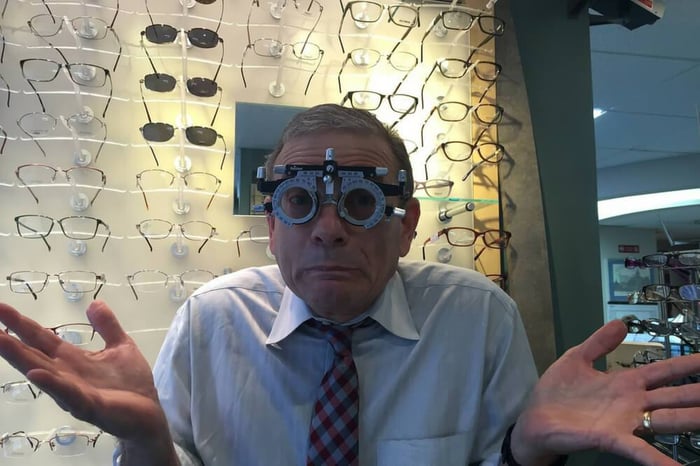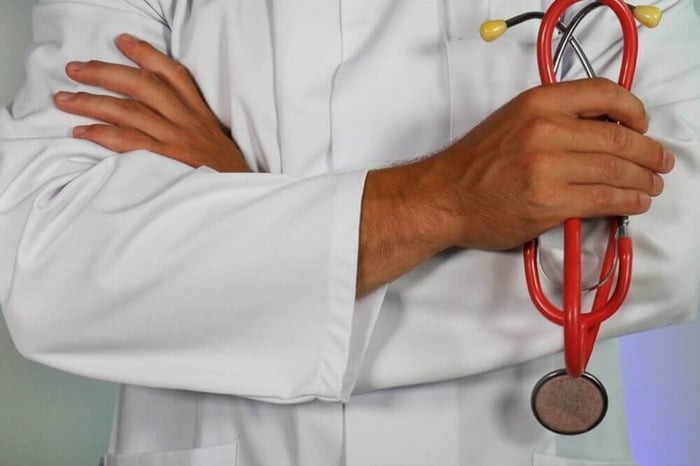
Life as a Junior Doctor
“I can't wait to be a cardiologist/paediatrician/neurosurgeon/*insert medical specialty here*”.
You spend hours researching your future life as a consultant, imagining yourself diagnosing patients with complex diseases and performing ground-breaking operations.
“Do I want to be living the fast-paced life of emergency medicine, performing roadside thoracotomies or do I want to treat premature babies with multiple congenital defects?”
Whilst it is important (and inevitable) to think about the end goal, it’s also good to find out a little bit more about the journey. After medical school, you’ll be a junior doctor working for at least 5 years, if you want to become a GP (General Practitioner) and even longer if you want to become a hospital consultant. Bad news: instead of McDreamy and McSteamy, think more JD from Scrubs as a reference.

What exactly does a junior doctor do? Since a junior doctor can be anyone from a foundation year 1 (FY1) to a registrar training in a particular speciality, the experience can be quite varied. I'm nearing towards the end of my time as an FY1 doctor, so in this blog post, I'll be telling you a little bit of what it is like to step out from the safety of medical school into the clutches of a busy hospital ward for the first time.
THE NIGHT IS DARK AND FULL OF TERRORS
The dreaded on-call: what everyone worries about when starting out as a doctor.
“What will I get bleeped about?”
“What if I don’t know what to do?”
“What if I do something wrong?”
Just a few quotes from every junior doctor. You are classed as on-call if you are working weekends and nights – pretty much whenever everyone else has gone home. That’s right, the usual ward team has left the building and you are covering multiple wards in their place. Your bleep dictates the whole of your on-call shift. If it rang, I answered it. Wherever it told me to go, I went.
During an average on-call shift covering the wards, I would be called to:
- Review patients who have become unwell by:
- Becoming short of breath
- Developing chest pain
- Developing a fever
- Becoming more confused or unresponsive
- Review patients who may have had a fall
- Review someone’s blood results
- Prescribe intravenous fluids or pain relief

….ONE, TWO, THREE AND CLEAR!
Every now and again, a crackly robot voice came from my bleep saying ‘ADULT CARDIAC ARREST! ADULT CARDIAC ARREST!’. Next thing you know, you’re making a beeline for the nearest corridor, hoping that you know where on earth you’re going.
- There’s the anaesthetist who is in charge of the patient’s airway, who may place a tube down the patient’s throat so they can control their breathing.
- Others will be carrying out chest compressions – trying to get the heart to start again.
- Someone will be trying to get a drip into the patient, in order to give them adrenaline and other medications that will help the heart.
- There’ll be blood tests, heart tracings and pieces of paper everywhere as people piece together the cause of the arrest.
Like a well-oiled machine, everyone works together for a common goal. Sometimes it’s successful, sometimes it’s not.
WARD ROUNDS ARE A MARATHON, NOT A SPRINT
Maybe you’ll be glad to hear that my day job wasn’t as adrenaline-packed as working in A&E or on-calls (or not). I spend most of my weekdays on an acute elderly unit which assesses patients before either discharging them or admitting them onto a base ward elsewhere in the hospital. Each day begins with a ward round with the consultant, where each patient is reviewed and a plan for the day is made. As the junior doctor, I do a lot of writing in the notes and navigating through the ever-confusing computer systems to pull up the most recent blood test results, scans and letters that help to demystify the patient. Dashing from one patient to the next, you try your best to keep a list of all the jobs that need to be done for the day.

Typical tasks during the day include:
- Writing discharge letters for patients going home
- Referring to other specialities – for example, if a patient has a new murmur, you may want cardiology to come to see them
- Requesting scans and blood tests
- Discussing further scans or treatment with specialities such as microbiology and radiology
The rest of the day is then spent trying to complete all of your jobs for the day with a satisfying tick in each box as you complete them.
ELEMENTARY, DEAR WATSON
So between reviewing sick patients in the middle of the night, powering through long ward rounds, clerking new patients and responding to a crash call, life as a foundation year one doctor can be pretty varied. And like this blog post, it's just a start! Keep your eyes peeled for our future blog posts from other members of theMSAG team about what life is like as a Junior Doctor in a different speciality.
We hope you found this information useful in helping you get a sneak peak into life as a Junior Doctor. If you have any questions or need advice don’t hesitate to email us at [email protected].



